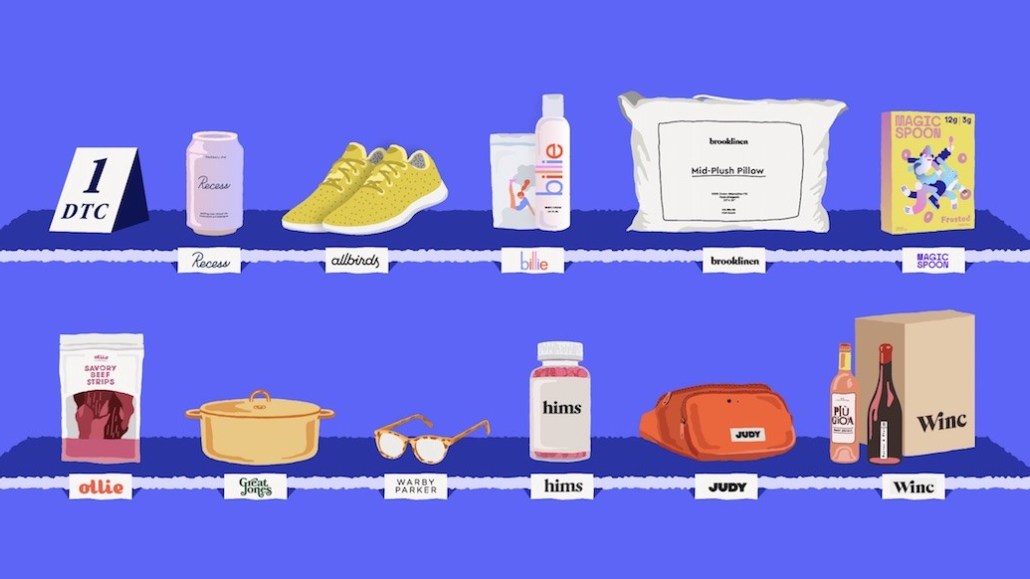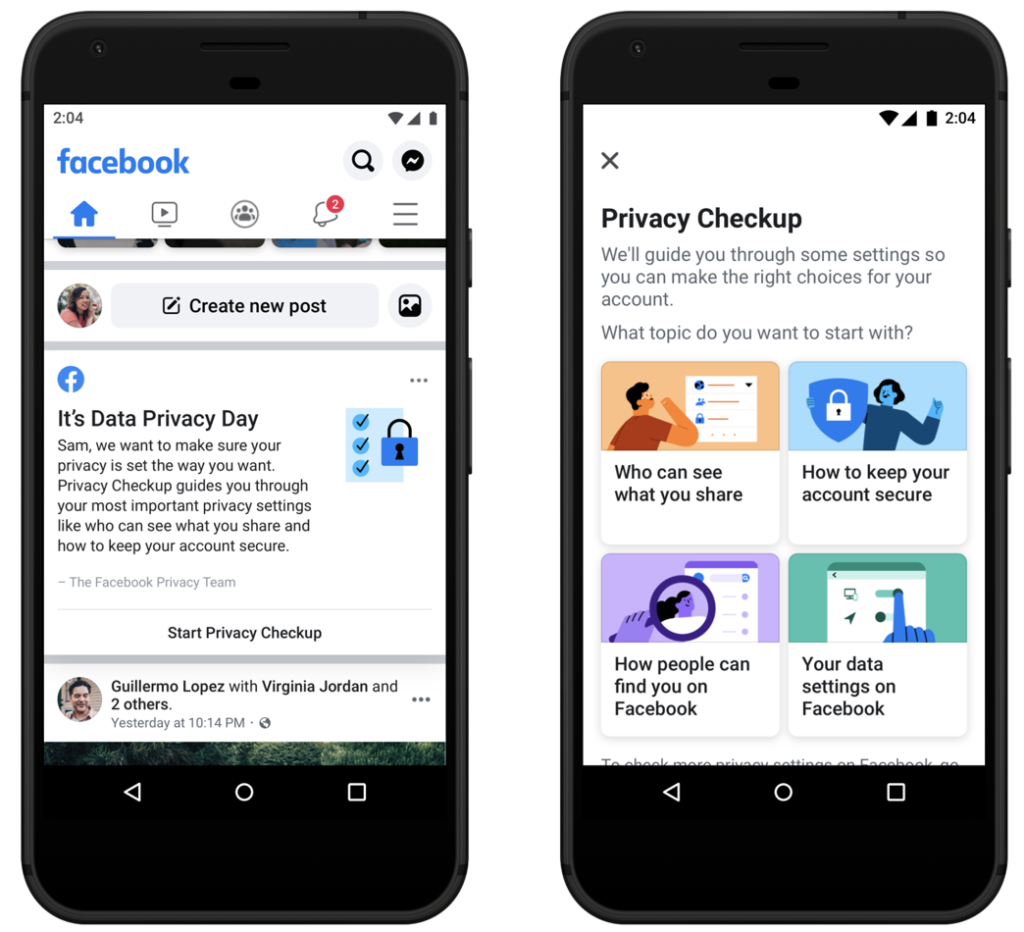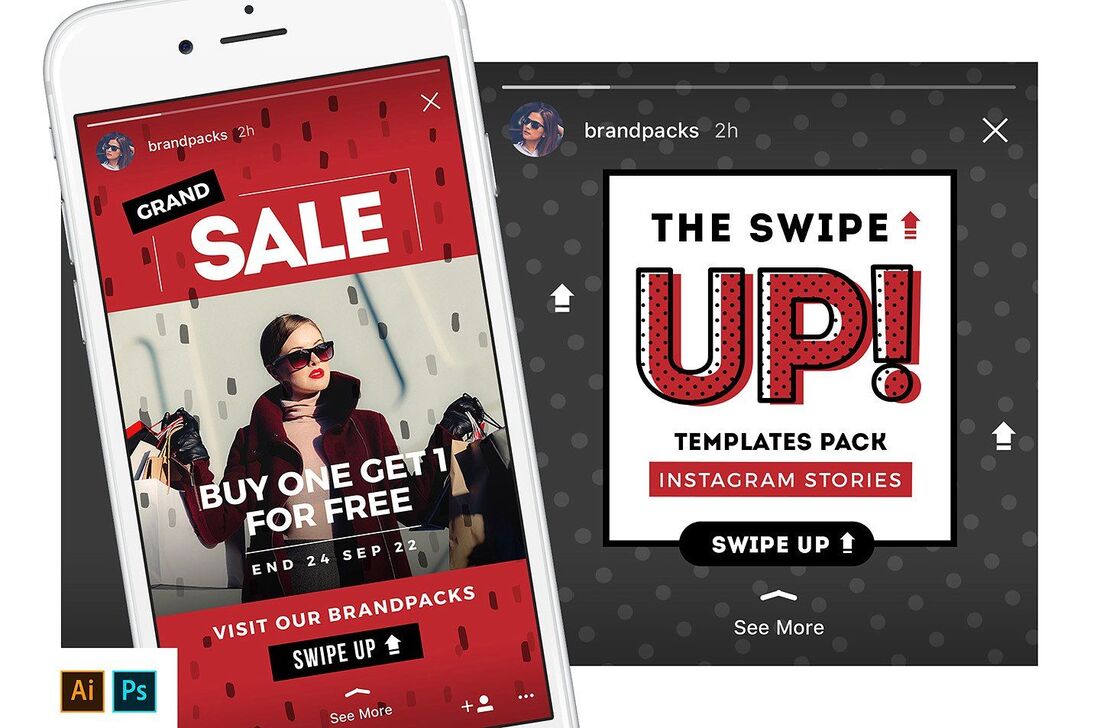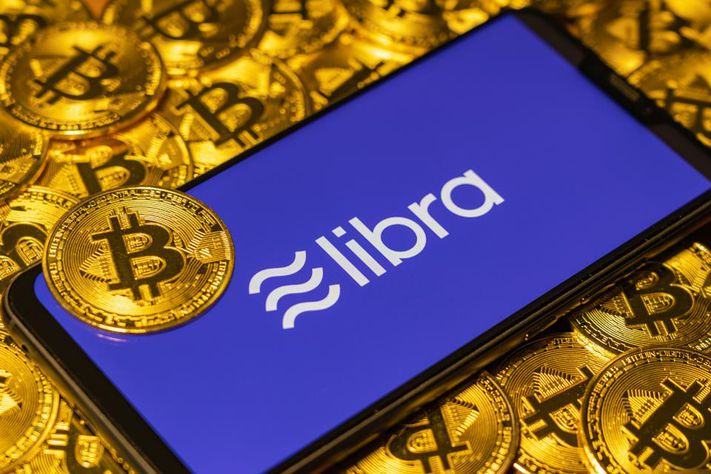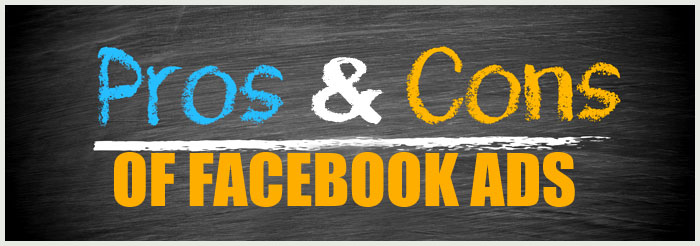Ecommerce Giant Amazon Launches New Social Media Tool
And taking the pulse of the younger generation of buyers has inspired Inspire – an Amazon quasi-social media app designed to mimic the popular TikTok. Not surprisingly, it’s an early hit.
Amazon Inspire began a rollout phase in early 2023, offering a downloadable app that in fact resembles the TikTok platform. TikTok is a video-centered app popular across a range of demographics, though it is mostly used by those under 40. That’s where the dollars are, say experts in ecommerce. And that’s where the Amazon future is headed. This intriguing and nuanced app offers so much more than just a small photo on their main website. Amazon shoppers can log in to Inspire directly through their phone-based Amazon app by launching a light bulb icon. It promises personalized content (made possible by a collection of prior shopping choices and probably a bit of data collection from social media use). Users may choose from more than 20 areas of interest such as gaming, beauty products, clothing, pet care, recreational pursuits, and beyond. Browsing the returns that pop up after you’ve chosen a sector, shoppers scroll through buttons to further customize a collection they may find interesting. The experience is similar to TikTok feeds, with engagement buttons and swiping actions that lead to promoted or favored items. This customization feature is perhaps the key selling point of both selling and buying on Inspire. It doesn’t require typing text into a search window. Product categories appear in launchable buttons, and they are diverse. Amazon hopes they will lead you to what you’re shopping for. What Amazon has not disclosed is how the app generates recommendations, except to say that it requires at least two recommendations before it appears as a promoted product. Content creators may enroll in the program to upload media, including video and photos connecting to thumbnail photos of Amazon listings they fancy. These contributors may earn commissions, depending on volume. Customer reviews, always a key element in online sales, are welcomed. Amazon Inspire is now available for use by all US consumers, and the jury is out on how this new, creative approach to a hybrid influencer/advertising function will play out. For now, it appears to be an ingenious method of following the lead in cultural and consumer trends as they develop on the internet. Interested in buying or selling on Inspire? Get more info here.
0 Comments
What You Need to Know
The intersection of advertising and social media evolved quickly, as major platforms found a need to monetize. Ad revenues are the preferred avenue to user subscription models, which are notoriously unreliable. Though a creeping presence of commercial advertisements on Facebook once was an issue, Zuckerberg’s company managed to ward off a mass exodus several times; now his users are now accustomed to ads appearing in their feeds. But not so for San Francisco-based Twitter, Facebook’s closest rival, which is now in everyone’s crosshairs. A recent change of ownership has elevated the Twitter platform to a revenue-generating situation that may mirror what occurred when daily print newspapers went the way of the dinosaur, and it’s raising questions about the fitness of advertising there. And it’s driven mostly by politics. Unlike the simple fiscal elements that led to a decline in print media readership, Twitter is suffering from an ideological free-fall, leading top industry leaders who advise corporations to say stay away for the time being. IPG, one of the biggest worldwide ad companies, issued an official recommendation to pause ad buys with Twitter in light of new owner Elon Musk and the uncertainty surrounding not just moderation policies, but a brewing fiscal crisis after his purchase left him owing a great deal of money to lenders. Musk dropped fully one-half of his workforce, leaving grave concerns about its ability to stay abreast of technology and to expand as needed. Will it work? Musk attempts to rein in fears by assuring advertisers they will be “safe” on his platform, but that appears to be insufficient. Twitter’s moderation policies have long been a source of contention – and with a change in ownership, they appear headed toward a veritable reversal, leading to an anticipated spike in hate speech from both high-profile users and everyday users. Corporate giants are loathe to associate with a toxic environment, which is why many either bolt or slowly sneak away from sponsorships and ad placements. General Mills and Audi are among the latest to jump ship. They are just the tip of the iceberg. High-profile celebrities and athletes are following en masse. Given the inherent fiscal struggles Musk will face, compounded by fleeing advertisers and an uncertain central corporate model, it may be best to shift gears until the quagmire sorts out. Online guru space G2 has a list of other ways to advertise on platforms besides Twitter, with a generous reach. Keep in mind that small e-commerce merchants may not have the luxury of picking and choosing ad destinations based on whether or not they are en vogue or conflict-free. If the price is right, and your product appeals to users, you should feel free to try your luck on any social media platform. But it’s always useful to understand the general trend of where the internet and ideology cross paths, and commit yourself to following these patterns closely. Photo by Alexander Shatov on Unsplash
Using video content to sell goods on social media.The ever-expanding reach of Facebook as a town square for social interactions brings with it a prime opportunity to capture consumers, building a formidable customer base. Ecommerce merchants are learning more about its utility as they go along, both through personal dalliances in the social media realm and the due diligence required to stay afloat as an online seller.
Whether or not you are enamored of video ads on Facebook and other platforms, be aware that others are. It’s a fast-growing strategy for branding, which turns into carving out a niche clientele and – well – selling to them. It’s that simple. It’s the Ecommerce 101 concept of conversions, or turning lookie-loos into staunch customers. What isn’t quite as cut and dried is the creative elements of this growing technology. Those who lag behind in internet usage will naturally need some hand-holding to strike out with the latest in ad and marketing efforts. Luckily there is no shortage of help to be had, expedited by a quick Google search. But the nuts and bolts of video presentation as a medium for advertising are not altogether different from using simple photography. You need your content to be fresh, compelling, and relevant to the type of audience likely to warm up to your inventory. As COVID-19 turned the world upside down, consumers resorted to social media to make connections in a socially-distanced environment. However, social media also serves as a strong platform for retailers to build trust with customers---and it has a significantly strong influence on buying decisions.
71% Users More Likely to Purchase from Social ReferralsWe all know the power of social proof, but the stats show exactly where the strongest influence comes from with social users. For example, 71% of people are more likely to buy a product that’s based on social media referrals. This includes seeing ads from retailers or even from influences. Influencer marketing is recognized as one of the most powerful ways to market products. This is especially the case for Twitter, as studies show that 50% of users made purchases directly because an influencer referred the product. What Social Platforms Bring the Most Product Sales?Keep in mind that not all social platforms will yield the same results. You must consider the demographic and where your ideal customer most likely spends their time online. This is part of the bigger strategy of choosing the correct social platform for promotion. Many product-based brands can find selling success on the following platforms:
If you’ve leveraged the power of social media to drive sales to your ecommerce business, you will be excited to hear this news. Facebook’s unrolling of “Facebook Shops” opens up wide doors of opportunity to go beyond just advertising, and straight into conducting commerce on the premier social media site.
If you haven’t bothered to engage with social media to drum up business for your business, now is a good time to start. Trends indicate the shift in retailing toward online sales is a real deal, made more robust in this unplanned and uncertain time of restricted public movement due to a global pandemic. Analysts predict that once the situation evens out and stores reopen, a significant portion of commerce will continue to occur over the internet. Put simply, the barriers that made many hesitate in the days before Covid-19 are all but shattered. Enter Facebook, always in search of ways to capitalize on any marketing trend. Their advertising revenues—gained from more than 8 million businesses—have been astronomical, and that in turn has led them to jump in with both feet, offering up a first-line sales platform for ecommerce vendors like you. This new, cost-free feature allows businesses to set up product listings on their Facebook page, Instagram profile, and in stories or in ads. Future plans include direct sales through chat features of WhatsApp, Facebook Messenger, and Instagram Direct. Facebook owns all of these entities. As our economy is ravaged by uncertainty as a result of the global coronavirus pandemic, it can be easy to find ourselves in a downward spiral of doom and gloom. From hotels to fitness centers to restaurants and more, industries across the spectrum are bracing themselves for unprecedented changes that no one can quite yet predict.
It’s vital to the health of our businesses - and ourselves - to look for opportunities and silver linings. Ecommerce business owners are in a unique position to leverage new opportunities and stay afloat in a rapidly changing marketplace. In an age of social distancing and sheltering in place, online shopping offers a sense of safety, comfort, and peace of mind. Our customers need us now more than ever. If there were ever a time to get creative, this is it. And what better place to adapt to our new reality than social media? Even in the best of times, social commerce is an excellent way for ecommerce stores to make themselves visible to their target audience. And in the absence of face-to-face connection, more and more people are flocking to social media to virtually connect with friends and loved ones. Here are three reasons to consider using social commerce to amplify your social media presence during these trying times. Grow your audience. With more eyes on social media platforms, more eyes will be naturally drawn to the content and products you share. Life has slowed down for most of us, and people have more time on their hands. Focus on catching their attention, rack up the likes and shares, and you just may find yourself connecting with people like never before. An added bonus: From tweets to Facebook pages to Instagram business accounts, most platforms make it easy to track these metrics and tweak your message accordingly. Create customer loyalty. The state of the economy is affecting us all. People are clutching their purse strings tightly, and understandably so. No matter how enticing an ad may look, even the most eager customers may be focusing on more pressing essentials. Even though sales may be sluggish, social commerce lets businesses connect with people in a myriad of other unique ways. You could focus on offering entertaining, thought-provoking content, or you could focus on communicating and building rapport. Whichever strategy you choose, now is the time to make a mark on people’s minds so they’ll remember you when they’re ready to buy. Become a beacon of hope. Simply put, people are terrified. They’re afraid for their families and their finances. Engaging with customers with social commerce offers business owners a special opportunity to be a calming, soothing presence for people amidst all the chaos and uncertainty. We - our customers, our suppliers, our businesses, and ourselves - are all in this together. A common thread connects us all. You and your customers can help each other through this. Communicate this to them. Whether it’s promoting your work with local charities, providing easier access to comforting essentials, or simply offering some reassurance, people will remember the businesses who helped them through these unprecedented times. These will be the businesses who weather the storm. If you have woven Facebook into the menu of social media platforms you use to engage existing customers and attract new ones, you’ve noticed their somewhat annoying trend of endless alterations to both policy and offerings. The Mother of All social media networks, Facebook is, for all intents and purposes, a social media monopoly. That won’t be changing any time soon. No one feels sorry for them, but it’s fair to acknowledge that Facebook executives who need to continually balance the need for revenues while keeping users happy face their share of challenges. And for an online platform that is now regulated by Federal and state entities because of its heavy volume of political content, it creates an ongoing need to shift gears. In 2011, Facebook started forwarding only critical notifications through email, so as to cut down on high-volume inbox flooding. Photo tags, security, payment, and privacy notifications made the cut. Business owners who are accustomed to a high volume of email communications, but not having to access Facebook several times per day, will have made that adjustment. Now there’s a new revision that business users need to be aware of. Beginning March 4, 2020, access to supported “Message Tags” after the standard 24-hour window (following the last customer contact) whittled down from 17 supported tags to three, plus an additional tag in beta. Message Tags facilitate one-to-one interactions with customers, including updates, customer service questions, promotions, and pretty much anything relative to your customer relationship.
With that pathway narrowing, it’s critical to build in adjustments that will maintain your presence on Facebook and keep you in good standing with the platform. In order to bypass the allowed 24-hour period, you must use these remaining tags with your messaging. How to leverage Instagram for your benefit Have you wondered where all your Facebook followers have gone?
If you’re a retailer – or just an average user – you may notice that you’re seeing more ads, political content, and puppy pictures than usual. And most important, fewer younger users. That’s because the graphics-based social media platform Instagram has swooped in and begun dominating social users. Instagram claims over one billion monthly active users. ONE BILLION. That’s a tough figure to ignore, and it illustrates why so many smart retailers are taking notice. Instagram’s early days offered a somewhat rudimentary vertical display of pictures. Period. Ultimately its potential grew, and combined with forward-thinking strategizing of its leadership, it now has become a major player in advertising and marketing. What drives most of Instagram’s appeal are “influencers,” or celebrities and others who have massive followings. Not willing to mess with the litany of issues that keep making Facebook more of a chore than a pleasure, these high-profile dazzlers maintain captive audiences. Some may be compensated to plug a product, but others are self-financed, and they honestly promote their favorite clothing, cosmetics, household décor, and just about anything they think of. Having dedicated myriad blog entries to the intersection between ecommerce and the largest (and perhaps oldest) social media platform ever, we now pivot to discussing a new development that may solidify its strength as a go-to space for advertising.
Facebook is no longer floating the pretense that its primary goal is social networking. While that’s the carrot on its stick, the California-based company is creeping into every sector it sees as a potential revenue target. After buying up several ancillary companies and applications, it is now set to revolutionize electronic payments through a newfangled offering featuring currency of its own. It’s called Libra. There are countless factors that apply, from regulatory, to profitability, to projected success. But the clear picture takes a shortcut for ecommerce vendors, and that is one that makes Facebook rise again to the top of the list of advertising venues you should consider. The Bitcoin-like currency, which may be called Facebucks or Coin, won’t be exactly like crypto. And it won’t be shady and underground, susceptible to nefarious use. Libra will be woven into a payment system designed for the 2 billion worldwide Facebook users to centralize a monetary source within the Facebook platform by purchasing “tokens” to use for purchases outside of Facebook. The good, and the better For vendors who peddle online, this is intriguing. It means that in addition to the bevy of payment transfer options now in place, this is accessible through an app they may be using for multiple hours per day. But payments may be made to any participating vendor, and if you’re smart, you’ll consider getting on board with Libra. Here’s why: Facebook says it intends to eliminate the conventional transaction fees associated with credit card and debit card use. This will need to be absorbed into Facebook’s revenue structure, and presumably they have confidence that is doable without taking a huge hit. It’s a windfall for merchants who are already comfy advertising on Facebook, and an enticement for others to hop on board. Envision a Facebook user perusing their news feed, and coming across your sponsored ad. They see the photo; they click through to your site. Already having accessed you through Facebook, they may, according to Facebook, be in a FB State of Mind, and have no qualms remaining signed in and making a purchase using their Facebook currency. Ecommerce vendors attempting to keep up with a litany of challenges in practical, technical, and non-tangible realms share a common objective: attracting attention and acquiring customers. Seasoned veterans have adapted organically, watching trends unfold over time. Newcomers scramble to digest a flux of information in a cost-effective manner, hoping to make investments that count.
This third in a series of blog entries establishes the importance of social media behemoth Facebook as a compelling place to market your goods. As with everything, there are pluses and minuses, and everything in-between. With that out of the way, there is no discussion of advertising in 2019 that does not begin with Facebook. The giant of social media platforms is entering its 12th year as a pastime for a general audience, having started as a fun and easy way to connect with college classmates. Its exponential growth has myriad explanations, and one of them makes Facebook an utterly irresistible place to throw your ad dollars. It’s called domination. Monopoly may be too strong a word, but the US Department of Justice is targeting the California-based firm for anti-trust violations. It’s a familiar tune with Facebook stockholders; governments have come after Mark Zuckerberg’s company before and collected big fines. It’s also not news to those in the know. Zuckerberg faced protracted, high-profile litigation when he was accused of appropriating the idea earlier this century from a pair of twin brothers, and was forced to pay them handsomely in a landmark civil settlement. |
Archives
October 2021
Categories
All
|





